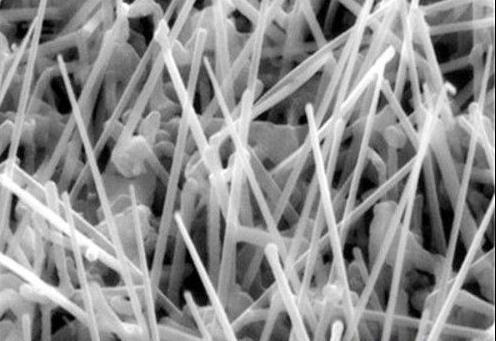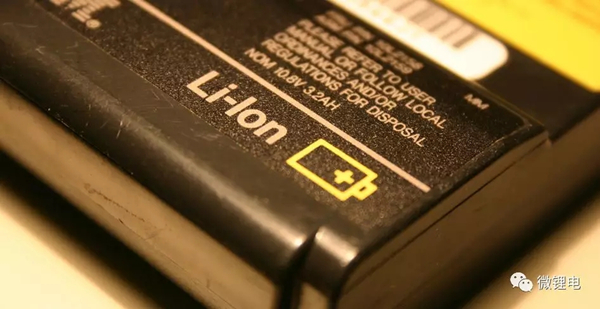Can you use lithium batteries in nicd tools?
Sep 18, 2019 Pageview:1358
It seems that Lithium-ion battery is on the rampage. It is what everyone wants to use, or what every manufacturer equips their new development with. This is mainly due to the different uses and places where the battery may be deployed. From your small smartphone batteries to the big and sophisticated batteries which are used for electric cars, lithium-ion batteries have a lot of applications, and there is no shortage of takers. But then, what makes this type of battery so effective and versatile? One reason is because of its strength, characteristics, and applications. And now most users of other types of batteries are switching to Lithium-ion. And that brings the question, can Lithium-ion be used with NiCAD tools? In other to understand that we need to take a sneak peek at the structural makeup of both types of batteries.
Can you use Li-ion with Nicad tools?
The first set of lithium-ion batteries were not initially backward compatible with the Nicad battery tools, but then, over time, that has changed. Three of the leading companies making the tools, which includes; DeWalt, Hitachi, and Ridgid - now produce 18-volt batteries that are compatible both forward and backward. On the other hand, Makita and Milwaukee 18-volt batteries are not either forward or backward compatible. As soon as Makita began the production of lithium-ion batteries, it moved from a post-mount design to a sliding-mount design. Meaning that its lithium-ion packs did not match tools previously in the market. Milwaukee before then had already gone for the sliding support for its Nicad tools. But its sliding lithium-ion mount was made with a different shape. DeWalt and Hitachi continued to use the post-style mounts upon entering the lithium-ion cells industry, while Ridgid made use of the same slide mount for both 18-volt battery types.
Most of the chargers are backward compatible too with the older batteries, provided their mount is of the same type. However, due to advancement in battery circuits, most chargers are not forward compatible. The charger supplied with a Nicad tool is not likely to work with your lithium-ion batteries.
How much do you know about NiCad tools?
NiCad batteries differ in many respects from alkaline or lead-acid batteries. One of the main differences lies in the cell voltage. A typical lead-acid or alkaline battery has a battery voltage of about 2 V, which gradually discharges when exhausted or depleted. NiCad batteries, however, are unique, this is because they maintain a constant voltage of 1.2V per cell until they are almost completely discharged. As a result, NiCad batteries can provide full power even at the end of their discharge cycle. Thus, although they have a lower voltage per cell, the batteries have a higher efficiency delivery throughout the application period. Some manufacturers compensate for the difference in voltage by adding extra cells to the battery pack. This allows the voltage to be just the same as conventional batteries while keeping the voltage constant (which is unique for NiCad batteries). Another reason why NiCad batteries can provide such power is that their internal resistance is very low. Due to their low internal resistance, they can quickly release a lot of energy and can also absorb power very quickly too. Such a low internal resistance also keeps the temperature inside the battery low as well. This allows for fast charging and discharging times. This property, coupled with the constant cell voltage, allows them to emit high amperage and a constantly higher voltage than alkaline batteries that are comparable with it.
Power tool applications
Cordless power tools are one of the most known and practical applications of NiCad batteries. Power tools consume a lot of energy throughout their lives and do not work well with voltage drops that a normal battery would produce. By using NiCad technology, these power tools can run at full power for the entirety of the life of the product, not just for the first few minutes of operation. With lead-acid, lithium-ion, or even alkaline battery, the tool works well from the start, then there is a steady power drop until the power tool can barely work at all. The NiCads batteries, however, ensure that the power tool remains at full power until the end of the charge. Also, the NiCad batteries can be charged in just 1-2 hours.
Applications of lithium batteries
As you already know, lithium-ion batteries have been made available in various shapes and sizes. And this makes it the ideal choice for various energy needs, whatever the size of the system. In addition to that, lithium-ion batteries provide full-spectrum energy solutions, from energy storage solutions to portable power solutions. The most common uses for lithium-ion batteries include but not limited to the following:
" Power backups or UPS
" Mobile phones, Laptops, and several other commonly used electronic gadgets or devices
" Electric cars
" energy storage Systems
As there are several uses of lithium-ion batteries, they all come in different types of packaging. However, using Li-ion batteries comes with a lot of advantages over using the other conventional batteries in the market.
Tips for using lithium batteries in different tools
Avoid heat as much as possible, it kills batteries - One major challenge in the world of engineering and high-performance power batteries is how to ensure the machines and systems expel the heat generated as a device using the battery is put to use, or as the devices are being recharged. When power tools are put to heavy and continuous use, it results in a quick build-up of heat. So when and wherever possible, ensure you give your tool and battery the required break and as much as you can too. If you are tight on time, even giving the devices some few seconds of break and rest can make a whole world of difference to the device, your battery, and their performance. If you can allow your battery to cool a little before you charge it, that's even better. You obviously need to keep the batteries out of the scorching summer sun as well, or the hot parts of your truck or vehicles.
Do NOT drain your battery fully - the batteries we use today don't have to be reset. You have to recharge them frequently as your usage demands.
Other tips include you keeping spare batteries, because batteries may fail as they drain over some time.
As for fast charging, batteries charge fast these days. This is due to the fact that the technologies around these days mean your batteries charge significantly in the first several minutes of you charging it.
- Prev Article: How to Charge A Completely Dead Lithium Ion Battery
- Next Article: Li Ion Battery Capacity Tester-Useful Instruments
Leave Message
Hottest Categories
-
Hottest Industry News
-
Latest Industry News











